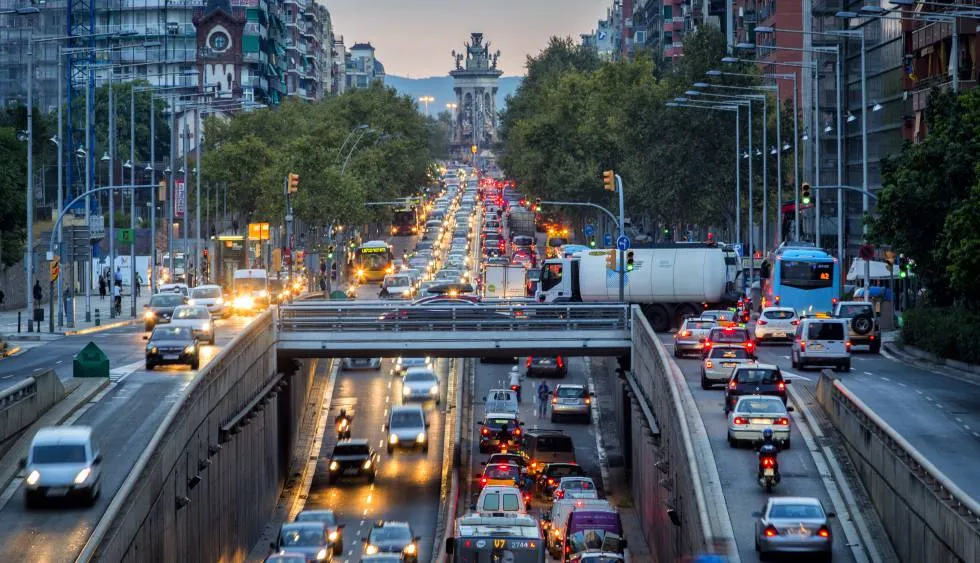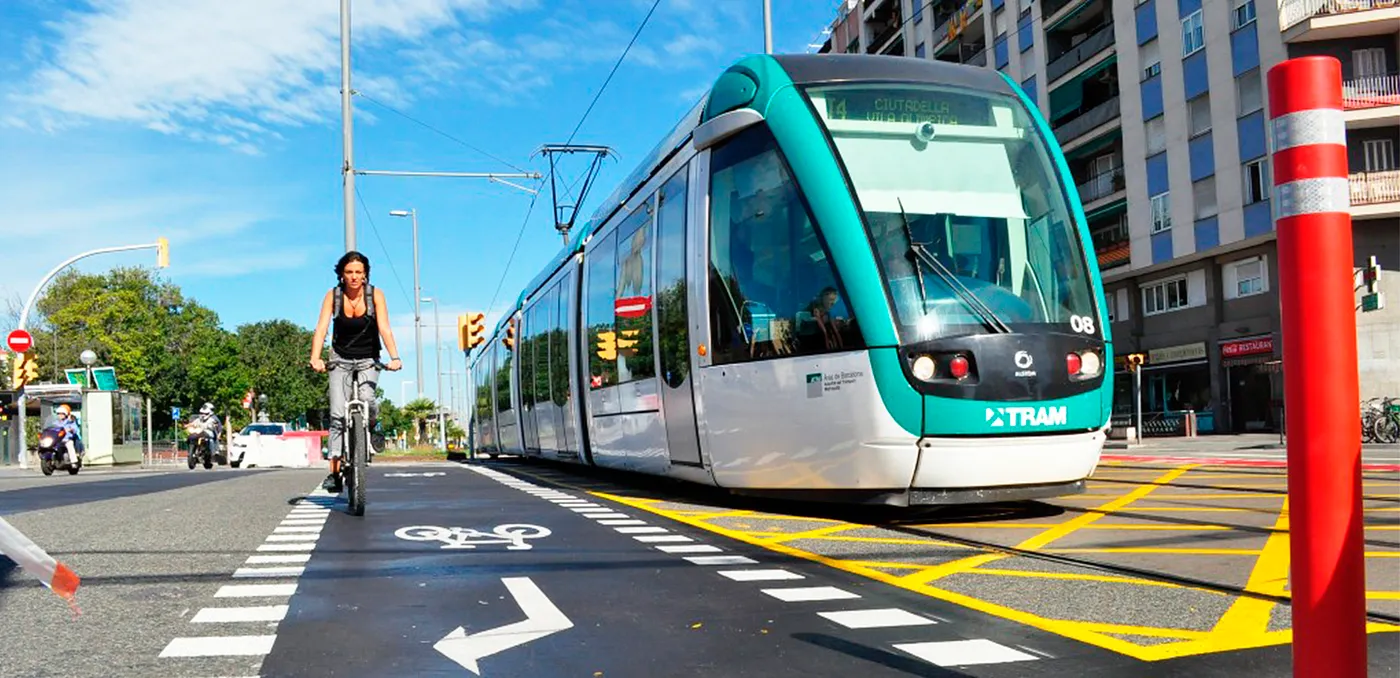Author: Josep Laborda (Factual)
Mobility is a fundamental right, but when not done right it is also the direct source of negative externalities such as traffic congestion, with its associated economic impact, loss of productivity, road safety related issues, and accelerated climate change affecting citizens’ health. Zooming in to Barcelona with some telling figures:
- In Barcelona, every driver was stuck in gridlock an average of 48 hours in 2021 according to INRIX, so 2 full days lost in traffic.

- Excessive greenhouse gas emissions, with levels in Barcelona that highly exceed the recommended limits set by the World Health Organization (WHO) and the European Union, where poor air quality affects people’s health causing 3.500 premature deaths every year in the metropolitan area of Barcelona alone according to the WHO.

- The average car occupancy in Catalonia is around 1.22 occupants per vehicle (source: Metropolitan Transport Authority, ATM, 2019).
- Mobility is the main source of energy consumption in Catalonia representing 42% of its total demand, according to the Catalan Energy Institute (ICAEN).
Microincentives are an efficient tool to nudge behaviour change from car-centric mobility towards other modes of sustainable transport, basically public transport, eventually combined with shared electric mobility.
In Barcelona, microincentives hold great potential to be leveraged in:
- First and last mile metropolitan trips: Barcelona’s city centre is one of the most densely populated areas in Europe with a wide offer of public transport services (metro, tram, rail, and bus) and shared mobility operators (mainly bicycle and moped sharing, with a still modest presence of carsharing), but the coverage of mobility services is substantially limited to the metropolitan area and is often sparse in peri-urban and rural areas. The application of microincentives will allow the initial or final part of many journeys to be subsidised to connect to a mobility hub. For example, it will allow allocating economic incentives (targeted discounts) to users riding a shared electric bicycle at the start of their journey to access the nearest railway station, to continue the journey with public transport; or it will allow incentives in kind in cases where users can Park & Ride to continue their journey with bus or train.

- Reducing mobility demand peaks during rush hours: in Barcelona and in most Catalan cities, mobility peaks occur between 7:00 and 9:00 AM and between 17:00 and 19:00 PM. This implies a large volume of traffic congestion at the access to urban centres and an occupancy rate often over 100% of capacity in public transport. Microincentives to travel outside peak hours to flatten the demand curve is a promising application. One example would be the application of microincentives to the public transport system according to occupancy rates in real-time, with variable tariffs that simulate the model of airlines in managing the cost of airline tickets.
- Mobility with a gender perspective: 64.3% of women surveyed have claimed to suffer some sort of sexual harassment in public transport in Barcelona, a figure that is up to 91.6% in the 16–25 age group (according to data published by the ATM, 2021). Women use more sustainable modes of transport during the day, but 46% among them indicate not feeling safe on the subway at nighttime (RACC, 2020), which pushes them into increased use of taxi and motorised vehicles. In this case, microincentives would be targeted at women (as an end user collective) who travel at night to take a taxi or ride-hail at a lower cost, avoiding the feeling of insecurity in public transport.

Furthermore, microincentives are not limited only to the public sector as a warrant of mobility but hold great potential in the B2B context as well, whether business–employee or business–client, to facilitate employees or customers to access their jobs using sustainable means of transport. Work commuting is the most frequent daily trip in Catalonia and therefore addressing it from the companies through microincentives would allow some of the mobility externalities to be reduced. Moreover, companies with financial or fiscal incentives for employees accessing their job by bicycle, e-scooter, or public transport, may also have advantages such as reducing car trips (so less stress and potentially in itinere accidents); generating a neat positive impact on Corporate Social Responsibility by nudging more sustainable mobility among employees and customers, or reducing (and even eliminating) the cost of having parking spots at their premises.
Motorised mobility is the source of diverse negative externalities affecting the citizens and the environment. Public administrations aim to reduce the use of private vehicles and foster public transport through restrictive policies on cars (a stick strategy) and allocating uniform subsidies to public transport with an equity objective. As a result of the pandemic, the negative impact of private vehicles has been noticed more heavily due to the slow recovery of public transport ridership, where at the same time measures such as extending cycling lanes, or the implementation of Low-Emission Zones (LEZ) have been accelerated in many cities. But the solution to the problems arising from mobility lies not only in infrastructural changes but also in the application of carrotsolutions like microincentives, an effective tool to encourage behavioural change from private vehicle-based mobility habits towards public transport and other on-demand, shared, much more efficient and sustainable mobility services. Subsidies provided by the public administration have potential to be much more efficiently allocated by applying dynamic and highly targeted microincentives. Microincentives are a game-changing concept: while they have the same objectives as generic public transport subsidies, they allow for much greater efficiency and equity, as they are targeted at specific end user groups, types of trips, areas of the city, or times of the day, making them a powerful tool to support public policies pursuing more sustainable mobility by both public administrations and corporates alike.





